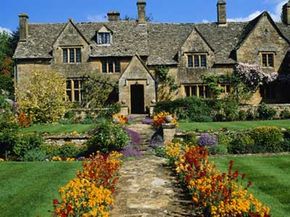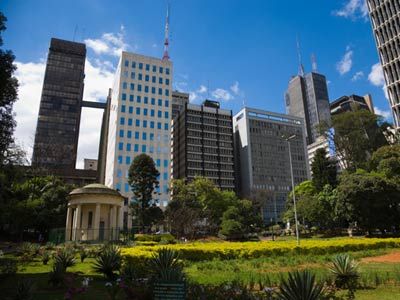Everyday we hear about the problems the world faces. War, famine, disease…and the list doesn't end there. Every year, roughly 13 millions hectares (ha) of land is deforested, mainly through conversion for other uses, like parking lots and roads [source: WWF]. How will Earth function if we deprive it of its natural state of being and its ever important ecosystems? And what can we do about it now?
Well, the answer just may be to rebuild the world from the ground up. And even the smallest contribution can make a positive impact.
Advertisement
Essentially, that's the idea behind landscape restoration, sometimes referred to as forest landscape restoration. As far as the big picture is concerned, landscape restoration is defined as a planned process that aims to regain ecological integrity and enhance human well-being in deforested or degraded forest landscapes. The idea isn't just to plant new trees, but to rebuild successful complete ecosystems within large-scale areas, not just small individual sites. Restoration aims to improve water quality, re-habituate species to their original homes and stabilize healthier soil (and in turn healthier vegetation).
People around the world have begun to respond by demanding legislation, volunteering and donating to world organizations. But there are still a lot of things that experts say need to happen before we can truly begin to restore Earth's wildlife. They say we must decrease our reliance on non-renewable energy, reduce our use of toxic materials and focus on the goal of rebuilding the damaged environments of capable areas [source: Russ].
You might think this sounds like another save-the-rainforest concept, but it doesn't have to be so broad. And it isn't just about the removed rainforests of the world. It can be about your neighborhood or your local park. Read ahead to learn more about the specific consequences associated with run-down landscapes.
Advertisement

